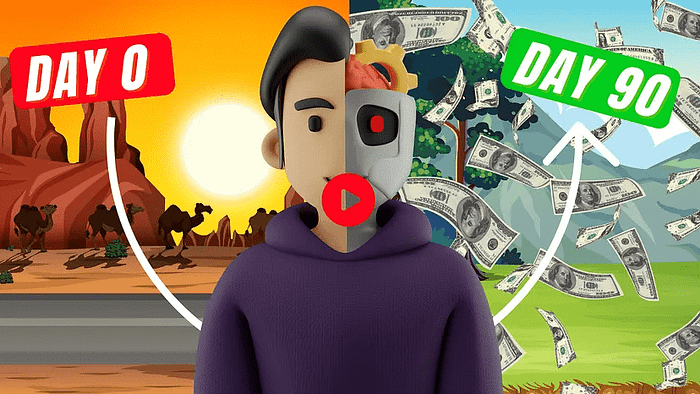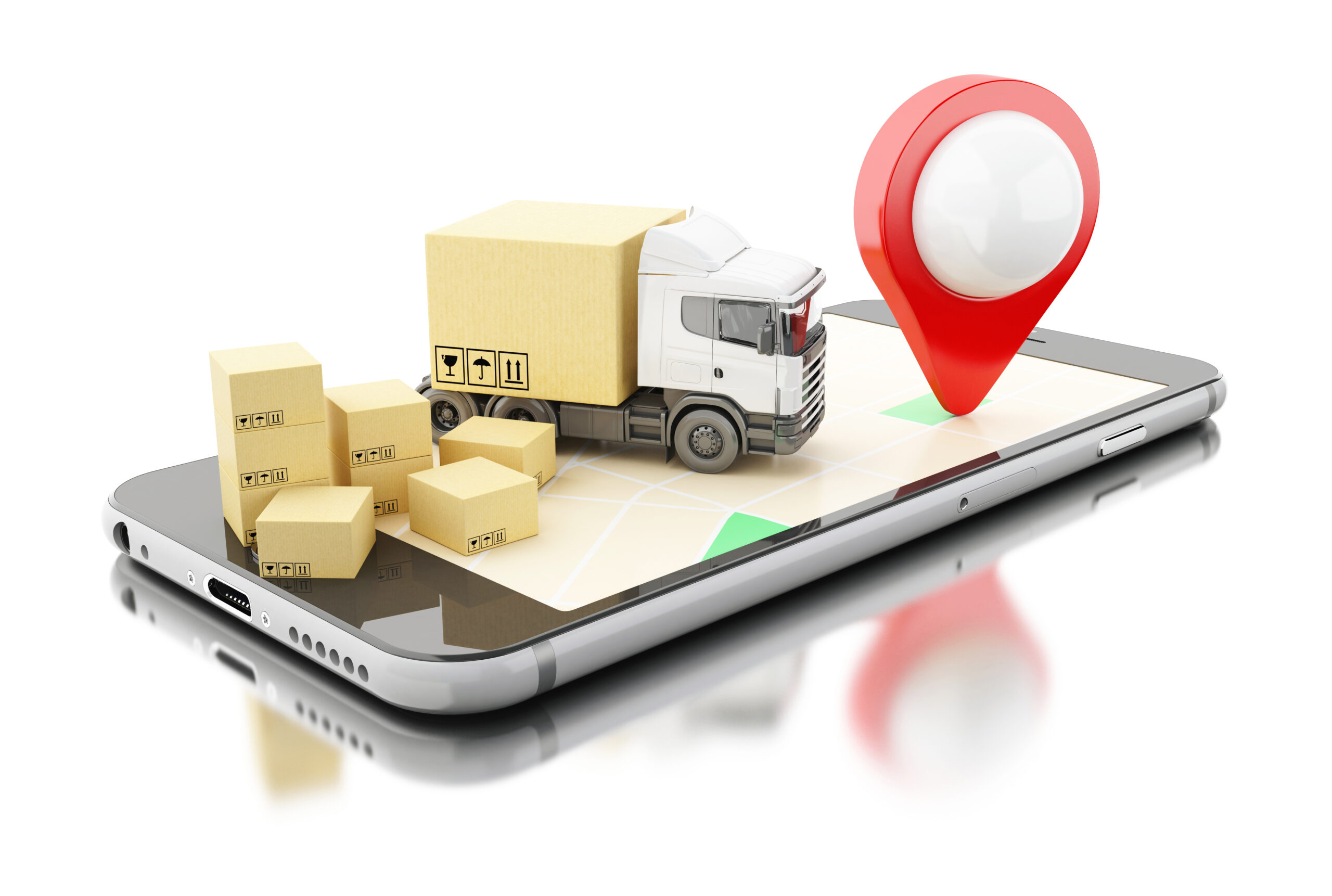Your Roadmap to E-commerce Success
Are you looking to start your own online business and join the exciting world of e-commerce?
Dropshipping has emerged as one of the most popular and accessible ways to launch a profitable venture from the comfort of your own home.
In this ultimate guide, we’ll walk you through everything you need to know to set up a thriving dropshipping business from scratch.
From understanding the basics of dropshipping to selecting the right products and building a strong brand, we’ve got you covered.
Whether you’re a complete beginner or have some experience in online sales, this comprehensive guide will provide you with the knowledge and tools necessary to succeed in the competitive world of dropshipping.
So, let’s dive in and discover how you can create a profitable dropshipping business that allows you to achieve your entrepreneurial dreams and financial goals.
Get ready to embark on an exciting journey filled with opportunities, challenges, and the potential for incredible success.
We strongly recommend that you check out our guide on how to take advantage of AI in today’s passive income economy.
Table of Contents
Understanding the Basics of Dropshipping
Before we delve into the nitty-gritty of starting your own dropshipping business, it’s essential to grasp the fundamental concepts behind this e-commerce model.
Dropshipping is a retail fulfillment method where a store doesn’t keep the products it sells in stock.
Instead, when a store sells a product, it purchases the item from a third-party supplier and has it shipped directly to the customer.
As a result, the merchant never sees or handles the product.
The beauty of dropshipping lies in its simplicity and low overhead costs.
You don’t need to worry about managing inventory, renting warehouse space, or handling shipping and logistics.
Your primary focus is on marketing and selling the products, while your supplier takes care of the rest.
This allows you to start your business with minimal upfront investment and scale it quickly as demand grows.
One of the key advantages of dropshipping is the flexibility it offers.
You can run your business from anywhere in the world, as long as you have a reliable internet connection.
Whether you’re working from home, a cozy coffee shop, or a remote tropical island, you have the freedom to manage your store on your own terms.
Additionally, dropshipping allows you to test out different products and niches without the risk of investing heavily in inventory.
If a product doesn’t sell well, you can simply remove it from your store and try something new.
This low-risk approach enables you to adapt quickly to market trends and customer preferences, giving you a competitive edge in the fast-paced world of e-commerce.
However, it’s important to note that while dropshipping offers numerous benefits, it also comes with its own set of challenges.
One of the main drawbacks is the lower profit margins compared to traditional retail models.
Since you’re not purchasing products in bulk or storing them yourself, you may face higher individual product costs from your suppliers.
This means you’ll need to be strategic in your pricing and focus on driving a higher volume of sales to compensate for the lower margins.
Additionally, you’ll have less control over the supply chain, as you’re relying on your supplier to handle the packaging and shipping of products.
Any delays or issues with your supplier can reflect poorly on your business and impact customer satisfaction.
Despite these challenges, dropshipping remains a highly attractive option for entrepreneurs looking to start an online business with minimal risk and investment.
By understanding the basics of how dropshipping works and being prepared to tackle the potential obstacles, you’ll be well on your way to building a successful and profitable venture.
In the following sections, we’ll guide you through the essential steps of setting up your dropshipping business, from choosing the right products and platform to marketing your store and providing excellent customer service.
So, let’s continue on this exciting journey and discover how you can turn your entrepreneurial dreams into a thriving reality with dropshipping.
Choosing the Right Products and Niche
One of the most crucial aspects of starting a successful dropshipping business is selecting the right products and niche.
With millions of products available to sell online, it can be overwhelming to decide what to offer in your store.
However, by conducting thorough research and understanding your target audience, you can identify profitable opportunities and set your business up for success.
When choosing products for your dropshipping store, consider the following factors:
- Demand: Look for products that have a high demand in the market. Use tools like Google Trends, Amazon Best Sellers, and social media trends to gauge the popularity of specific products or niches.
- Competition: While it’s essential to choose products with demand, you also need to assess the level of competition. Avoid overly saturated markets where it may be challenging to stand out and attract customers.
- Profit Margin: Analyze the potential profit margin for each product you consider. Factor in the cost of the product from your supplier, shipping fees, and any additional expenses to ensure you can generate a healthy profit.
- Shipping Considerations: Consider the size, weight, and fragility of the products you plan to sell. Bulky or delicate items may have higher shipping costs and be more prone to damage during transit, which can impact your bottom line.
- Niche Alignment: Choose products that align with your chosen niche or target audience. Having a cohesive product selection that appeals to a specific group of customers can help you establish a strong brand identity and loyalty.
Once you’ve identified potential products, it’s time to narrow down your focus and select a niche.
A niche is a specific segment of the market that you’ll target with your dropshipping store.
By specializing in a particular niche, you can differentiate yourself from competitors, attract a dedicated customer base, and establish yourself as an authority in your chosen field.
When selecting a niche, consider your own interests, expertise, and the potential for long-term profitability.
For example, if you’re passionate about eco-friendly living, you could create a dropshipping store specializing in sustainable home goods and accessories.
Or, if you have knowledge and experience in the pet industry, you could focus on pet supplies and accessories for a specific type of animal, such as cats or reptiles.
By combining your personal interests with market demand, you can create a dropshipping business that is both fulfilling and financially rewarding.
Once you’ve selected your products and niche, it’s essential to find reliable suppliers who can provide high-quality items at competitive prices.
Research potential suppliers thoroughly, read reviews from other dropshippers, and don’t hesitate to ask questions about their products, shipping times, and return policies.
Building strong relationships with your suppliers is key to ensuring a smooth and efficient dropshipping operation.
Building Your Dropshipping Store and Brand
With your products and niche selected, it’s time to focus on building your dropshipping store and establishing a strong brand presence.
Your online store is the face of your business, and it’s essential to create a professional, user-friendly, and visually appealing platform that showcases your products and attracts potential customers.
When setting up your dropshipping store, consider the following key elements:
- E-commerce Platform: Choose a reliable and scalable e-commerce platform that suits your needs and budget. Popular options include Shopify, WooCommerce, and BigCommerce, which offer a range of features, templates, and integrations to help you build and manage your store.
- Store Design: Create a visually appealing and intuitive store design that reflects your brand identity and niche. Use high-quality product images, clear navigation, and compelling product descriptions to engage visitors and encourage purchases.
- Branding Elements: Develop a consistent brand identity across your store and marketing materials. This includes your logo, color scheme, typography, and tone of voice. A strong brand helps you stand out from competitors and build trust with your target audience.
- Payment and Shipping: Integrate secure payment gateways and shipping options into your store. Offer multiple payment methods to cater to different customer preferences and provide clear shipping information and rates to avoid confusion or surprises during checkout.
- Mobile Optimization: Ensure your store is mobile-friendly and responsive across different devices. With an increasing number of consumers shopping on their smartphones and tablets, having a mobile-optimized store is crucial for capturing sales and providing a seamless user experience.
In addition to building a strong online presence, it’s essential to establish your brand beyond your store.
This involves creating engaging content, leveraging social media, and providing exceptional customer service to foster loyalty and encourage repeat business.
Consider the following strategies to enhance your brand and reach a wider audience:
- Content Marketing: Develop a blog or content hub that provides valuable information, tips, and resources related to your niche. By creating high-quality content, you can attract organic traffic, establish your expertise, and build relationships with potential customers.
- Social Media Marketing: Leverage social media platforms like Facebook, Instagram, and Pinterest to showcase your products, engage with your target audience, and drive traffic to your store. Share compelling visuals, run contests and giveaways, and collaborate with influencers to expand your reach and build brand awareness.
- Email Marketing: Build an email list of subscribers and nurture relationships with your customers through regular newsletters, promotional offers, and personalized content. Email marketing allows you to keep your brand top-of-mind, encourage repeat purchases, and foster long-term customer loyalty.
- Excellent Customer Service: Provide exceptional customer service to build trust and credibility with your audience. Respond promptly to inquiries, address concerns, and go above and beyond to ensure customer satisfaction. Positive reviews and word-of-mouth referrals can be powerful drivers of growth for your dropshipping business.
As you build and refine your dropshipping store and brand, continuously monitor your performance and make data-driven decisions to optimize your operations.
Use analytics tools to track visitor behavior, conversion rates, and sales trends, and be willing to adapt your strategies based on these insights.
By staying agile and responsive to market changes and customer needs, you can position your dropshipping business for long-term success and profitability.
Conclusion
Starting a profitable dropshipping business requires careful planning, strategic decision-making, and a willingness to learn and adapt.
By understanding the basics of dropshipping, choosing the right products and niche, building a strong online presence, and providing exceptional customer service, you can lay the foundation for a thriving e-commerce venture.
Remember, success in dropshipping is not an overnight achievement; it requires dedication, perseverance, and a continuous commitment to improvement.
Stay focused on your goals, remain open to feedback and new opportunities, and always prioritize the needs and satisfaction of your customers.
With hard work and determination, you can turn your dropshipping business into a profitable and fulfilling entrepreneurial journey.
So, take action, stay motivated, and embrace the exciting world of dropshipping as you build your own path to success.
The possibilities are endless, and the rewards are waiting for those who are willing to seize them.
Start your dropshipping adventure today and unlock your full potential as an e-commerce entrepreneur.
Frequently Asked Questions (FAQ)
How can a beginner start dropshipping?
As a beginner, starting a dropshipping business can seem daunting, but with the right approach and resources, it’s entirely possible.
Here are some steps to help you get started:
- Research and choose a niche: Identify a specific market segment that aligns with your interests and has potential for profitability.
- Find reliable suppliers: Look for reputable suppliers who offer high-quality products at competitive prices and have a track record of reliable shipping and customer service.
- Choose an e-commerce platform: Select a user-friendly e-commerce platform like Shopify, WooCommerce, or BigCommerce to build your online store.
- Design your store: Create an attractive and intuitive store design that showcases your products and reflects your brand identity.
- Market your business: Promote your store through various channels, such as social media, content marketing, and paid advertising, to attract potential customers and drive sales.
Remember to continuously learn, adapt, and optimize your strategies as you gain experience and insights into the world of dropshipping.
How profitable is dropshipping?
The profitability of dropshipping varies depending on several factors, such as your niche, product selection, pricing strategy, and marketing efforts.
While dropshipping can be a lucrative business model, it’s important to have realistic expectations and understand that success requires hard work and dedication.
Some dropshippers earn a few hundred dollars per month, while others generate six or even seven-figure incomes.
The key to profitability lies in finding the right products, maintaining healthy profit margins, and continuously optimizing your operations to maximize sales and minimize costs.
It’s crucial to conduct thorough research, test different strategies, and reinvest your profits to scale your business over time.
What is dropshipping and how does it work?
Dropshipping is an e-commerce business model where the seller does not keep the products they sell in stock.
Instead, when a customer places an order, the seller purchases the item from a third-party supplier, who then ships the product directly to the customer.
The dropshipping process typically works as follows:
- The customer places an order on the dropshipper’s online store.
- The dropshipper receives the order and payment from the customer.
- The dropshipper forwards the order details and shipping information to the supplier.
- The supplier packages and ships the product directly to the customer on behalf of the dropshipper.
- The dropshipper keeps the difference between the retail price charged to the customer and the wholesale price paid to the supplier as profit.
Dropshipping allows entrepreneurs to start an online business with minimal upfront investment and lower risk, as they don’t need to purchase or store inventory themselves.
How does dropshipping work in Nigeria?
Dropshipping in Nigeria works similarly to other parts of the world, with a few specific considerations:
- Supplier selection: Nigerian dropshippers can work with local suppliers or international suppliers who ship to Nigeria. It’s essential to find reliable suppliers who offer quality products and have experience shipping to Nigeria.
- Payment gateways: Choose payment gateways that are popular and trusted in Nigeria, such as PayPal, Flutterwave, or Paystack, to ensure secure transactions for your customers.
- Shipping and logistics: Be aware of the shipping times and costs associated with delivering products to your Nigerian customers. Consider partnering with local logistics companies to streamline the delivery process and provide tracking information.
- Import regulations: Familiarize yourself with Nigeria’s import regulations and any potential customs duties or taxes that may apply to the products you’re selling.
- Marketing: Tailor your marketing efforts to the preferences and behaviors of Nigerian consumers. Leverage popular social media platforms, such as Facebook, Instagram, and Twitter, to reach and engage with your target audience.
By understanding the specific challenges and opportunities of dropshipping in Nigeria, you can adapt your strategies to build a successful and profitable business that caters to the needs of the local market.

We strongly recommend that you check out our guide on how to take advantage of AI in today’s passive income economy.




